Ant diversity of the Gerrouche forest massif in Algeria
In the recently pubslished article “Ants’ diversity (Hymenoptera: Formicidae) in the Algeria’s humid forests, case of the Gerrouche forest massif (Taza National Park)” published in Sociobiology, Anissa Henine-Maouche, Abderrezak Tahraoui, and Riadh Moulaï study the local ant fauna in northeastern Algeria using four sampling methods. They detected 34 different ant species belonging to 15 genera and 5 subfamilies. They also observed species endemic to Algeria, Morocco, and Tunisia. Here, Anissa Henine-Maouche shares some pictures and videos of ants and of the fieldwork.
A Photoblog contribution by Anissa Henine-Maouche
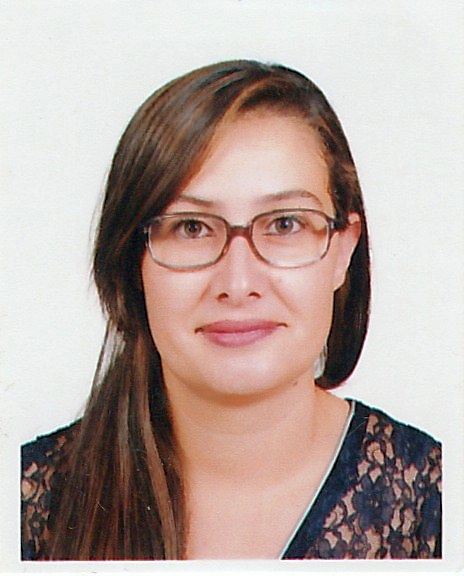
A Cataglyphis bicolor male emerges at the warmest hour of the day (11:08 a.m.) and quickly flies off, probably searching for other nests. Photo taken on 20/05/2016. (© Henine A.)

Resumption of Cataglyphis bicolor ants activity in March (15/03/2017). The workers take out the food remains stored during the previous season. A Cataglyphis bicolor‘s head worker can be seen under the legs of the worker below. (© Henine A.)
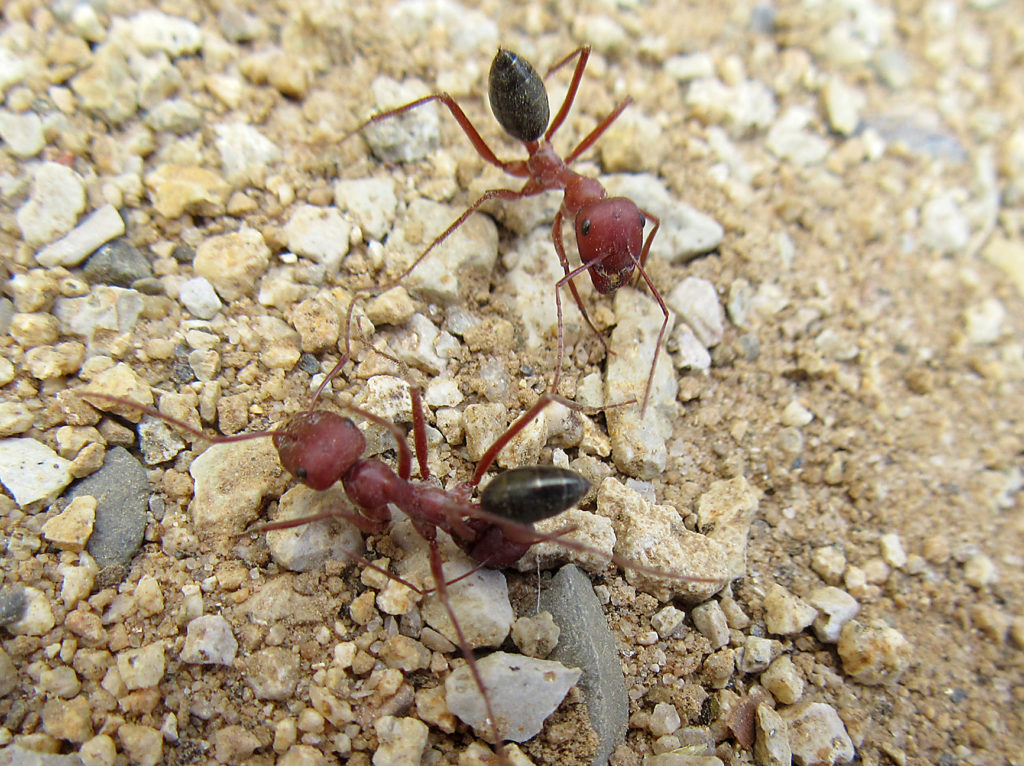
A Cataglyphis bicolor worker in search of food. Photo taken on 17/03/2017 at 12:28 pm. (© Henine A.)
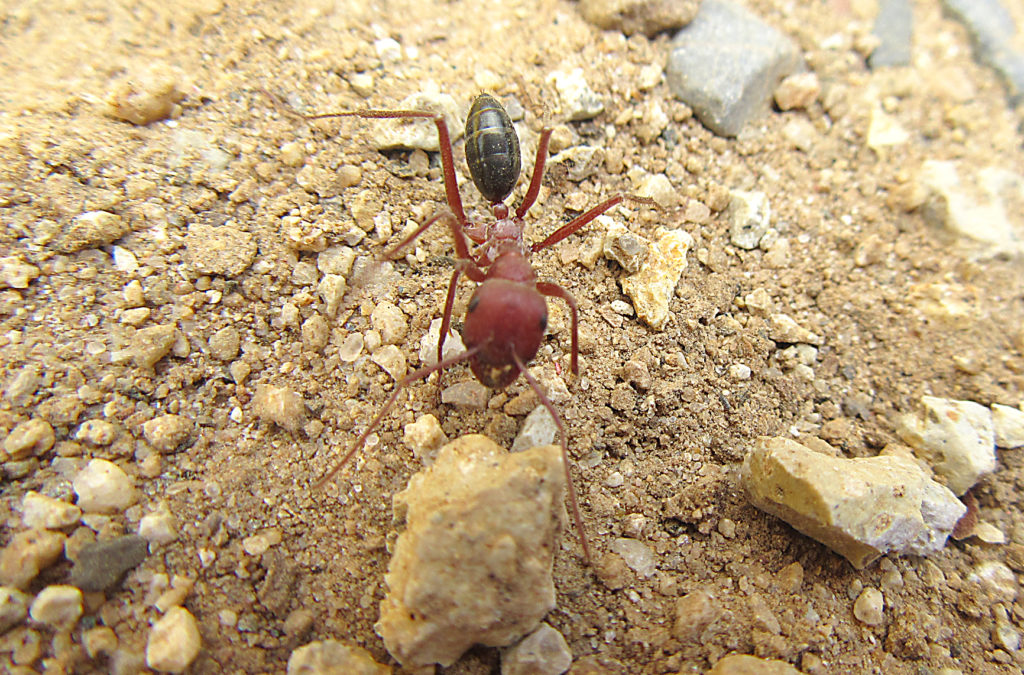
Trophallaxis between two Cataglyphis bicolor workers. Photo taken on 06/05/2017 at 15:10 pm. (© Henine A.)
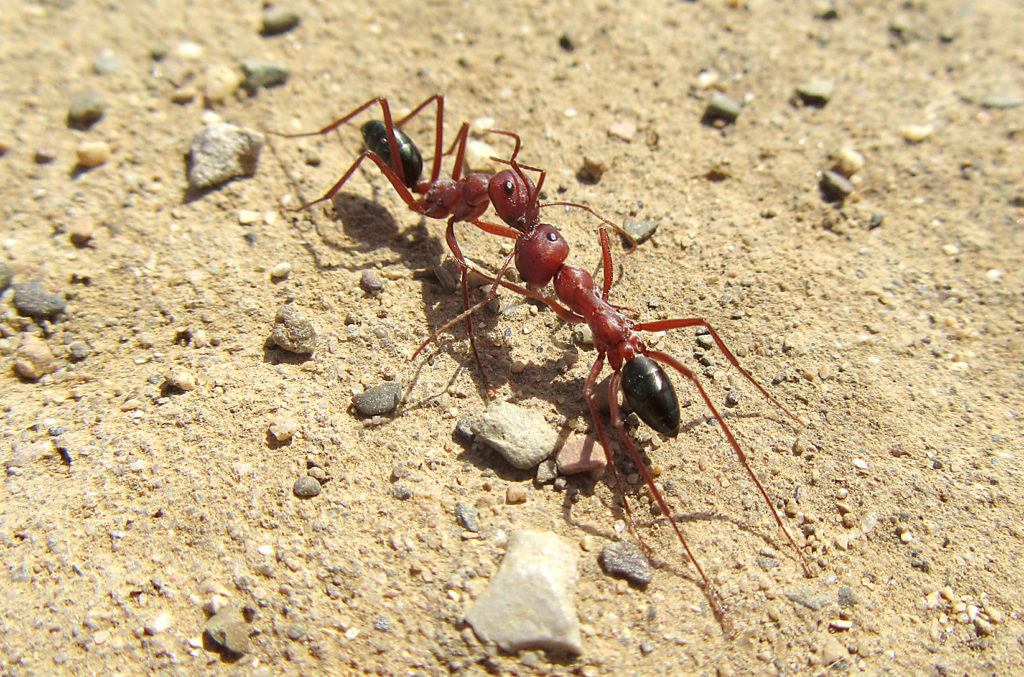
A nest of Pheidole pallidula discovered under a rock on the island of El Euch on 13/04/2016 at 11:26 am. (© Henine A.)
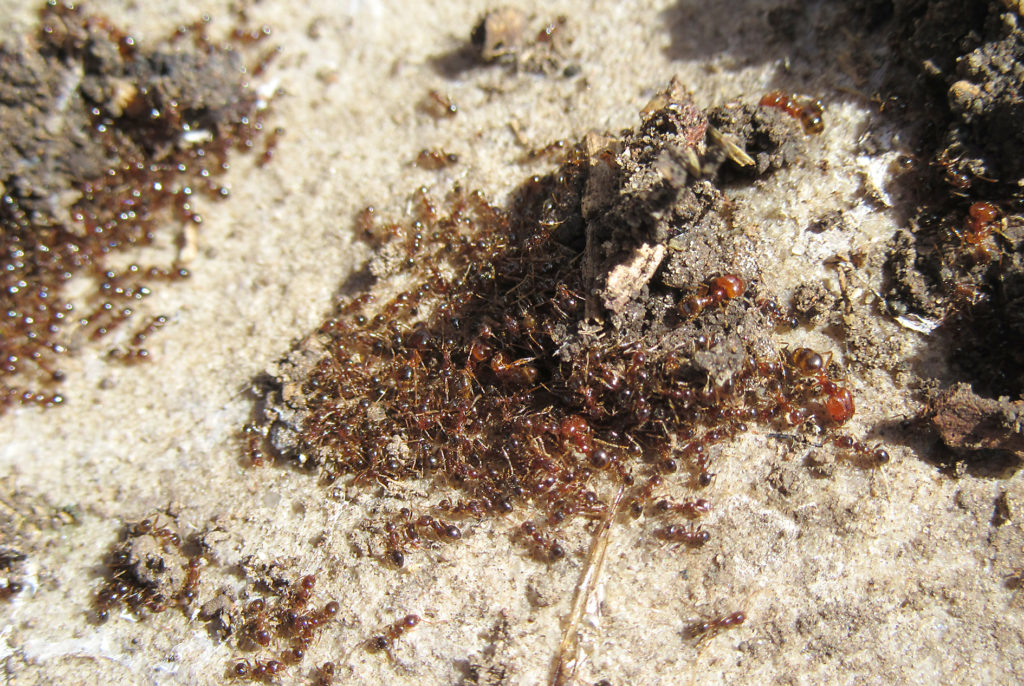
A Crematogaster laestrygon worker taking care of the brood. Picture taken at Gouraya National Park on 26/04/2019 at 13:31 pm. (© Henine A.).
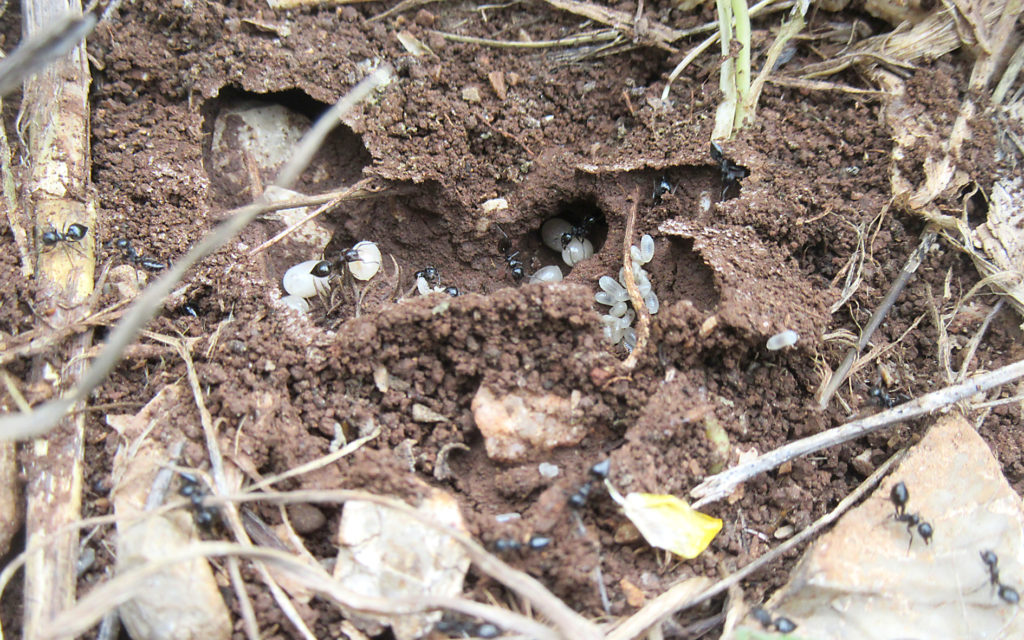
Sahel Islet is separated from the shore by a distance of approx. 7 meters. Its surface area is 0.2 ha with a maximum height of 15 meters (36°47′37.83′′N 5° 1′23.31′′E). (© Henine A.).
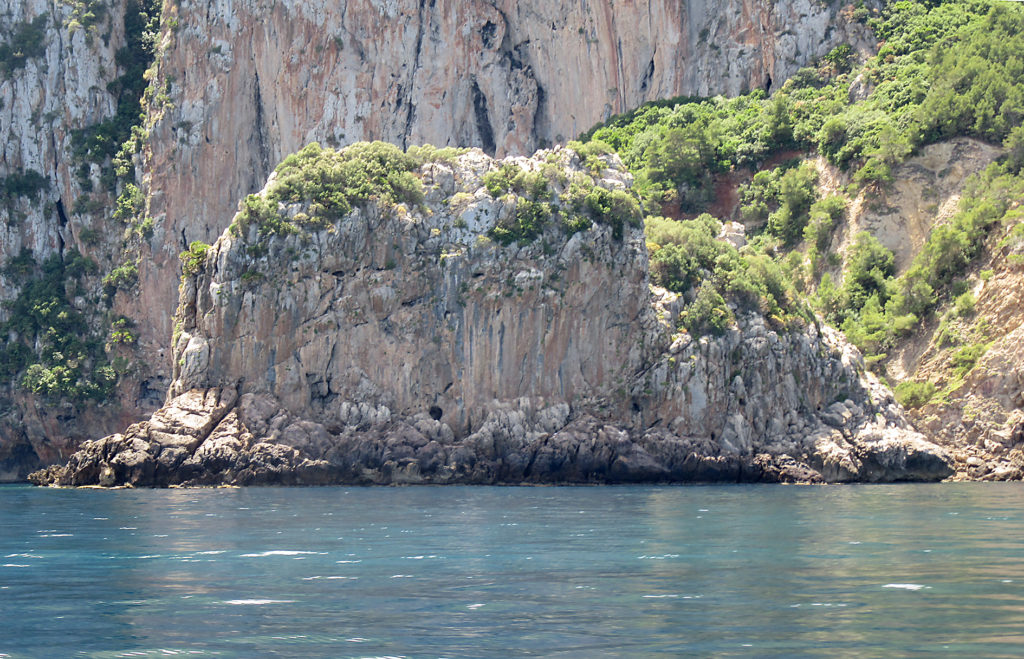
This islet is located only 100 m from the shore (Boulimat Beach), measures approximately 0.4 ha, and only half is covered with vegetation. This islet (36°48′54.91′′N 4°58′41.94′′E) is locally nicknamed as Garlic islet because its vegetation is dominated by large stems of the mainland summer flowering species Allium commutatum. (©Henine A.).
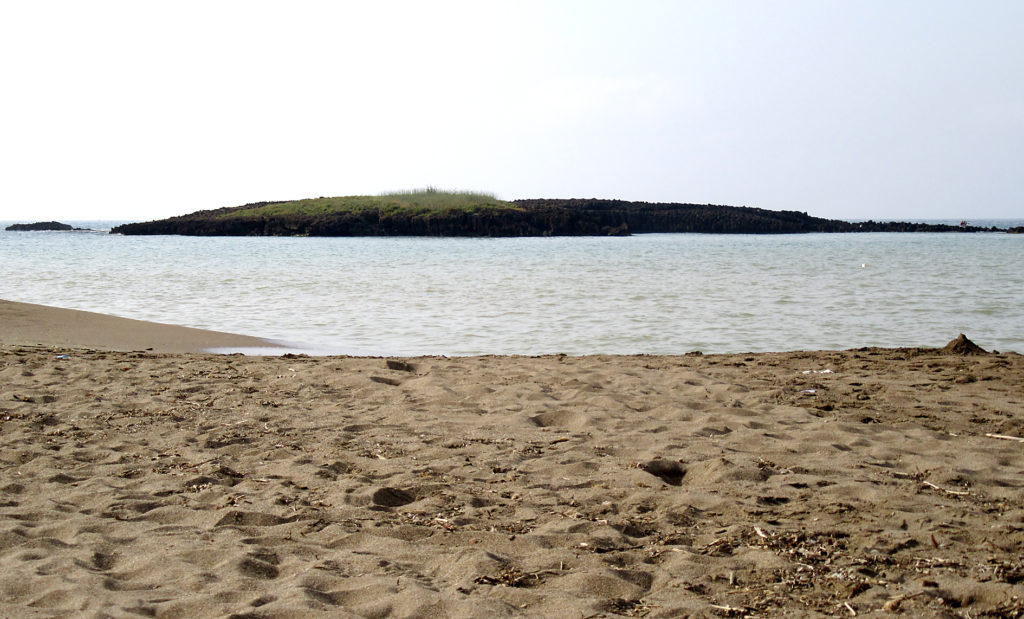
The El Euch island is also known as Doves Island. It is about 120 m from the mainland and covers an area of 0.8 ha with a maximum height of 20 m (36°53′33.17′′N 4°47′18.48′′E). (© Henine A.).
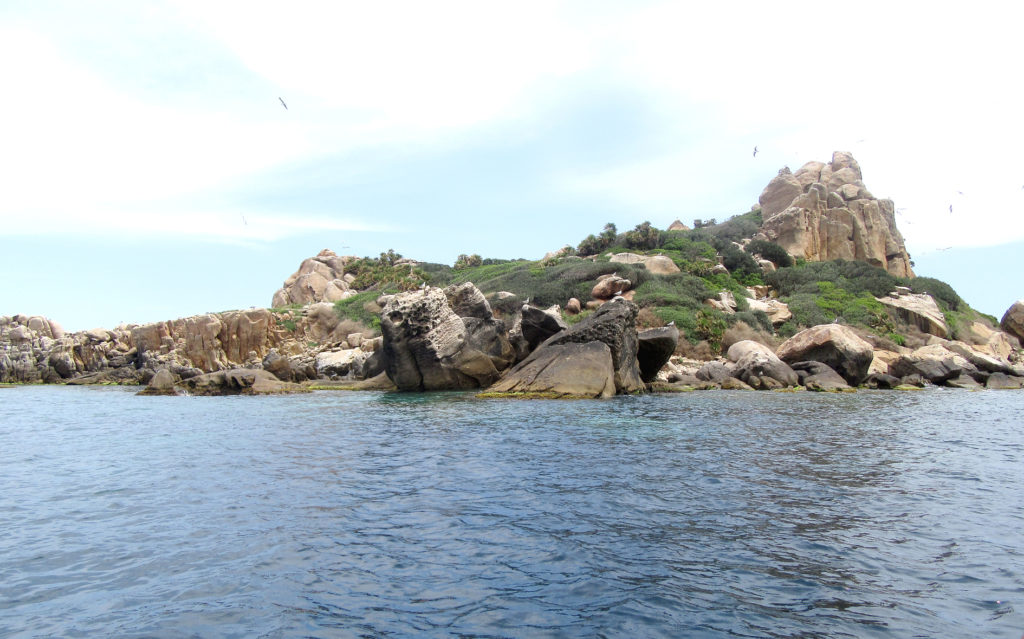
A video showing a Pheidole pallidula worker carrying a beetle. (© Maouche Nesrine).
A video of a Messor barbarus worker carrying food to the nest. [MNB: They might take slightly longer to buffer].



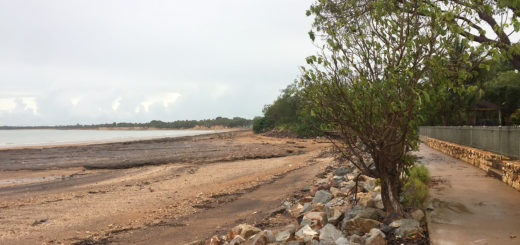
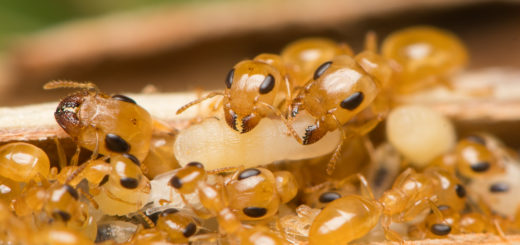
un beau travail…bonne continuation